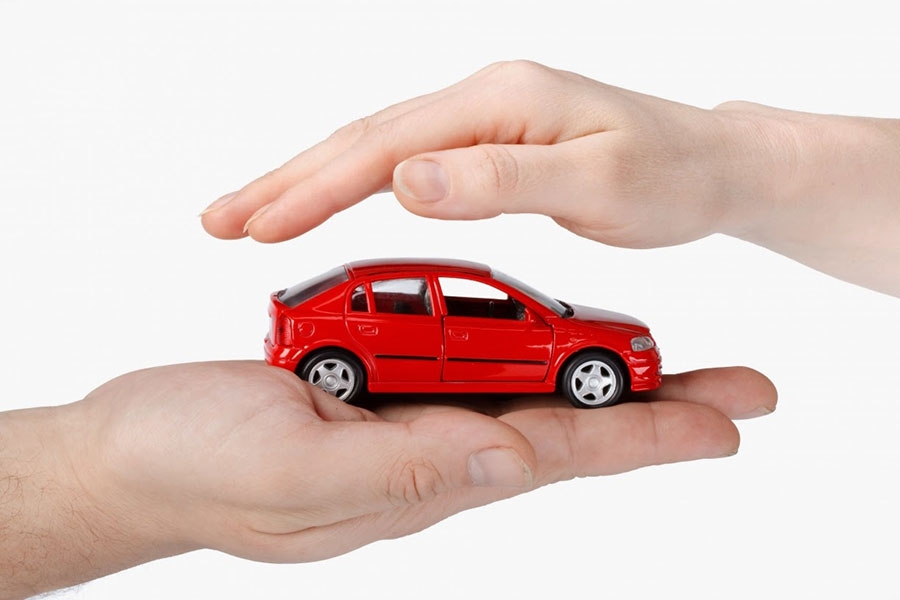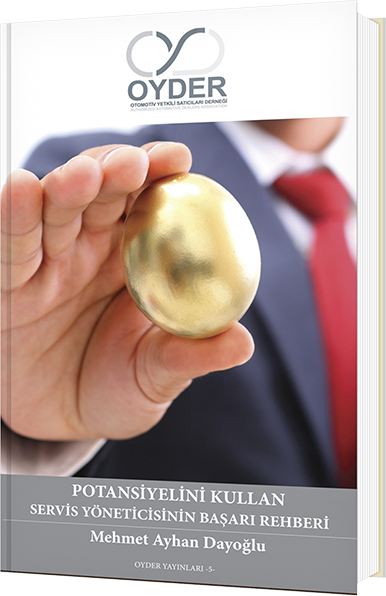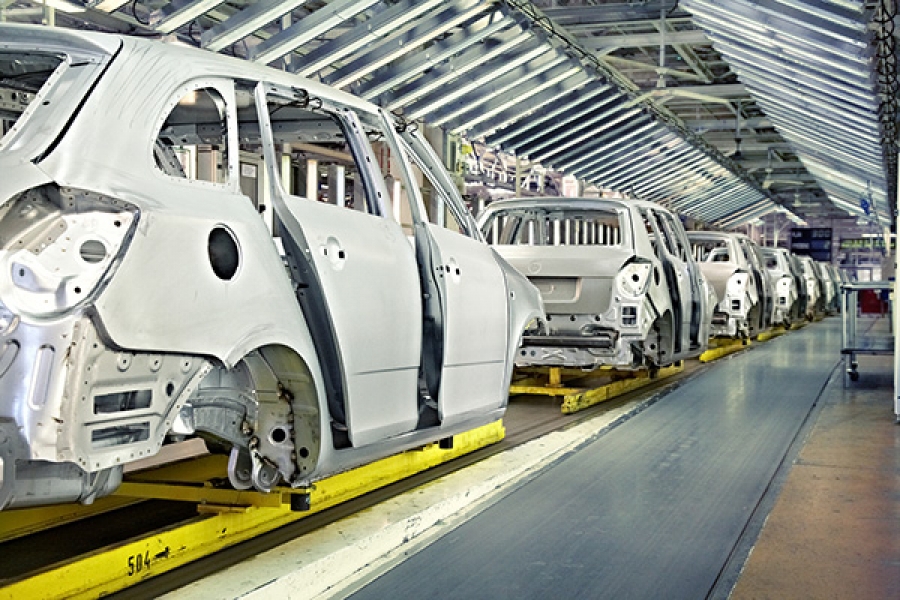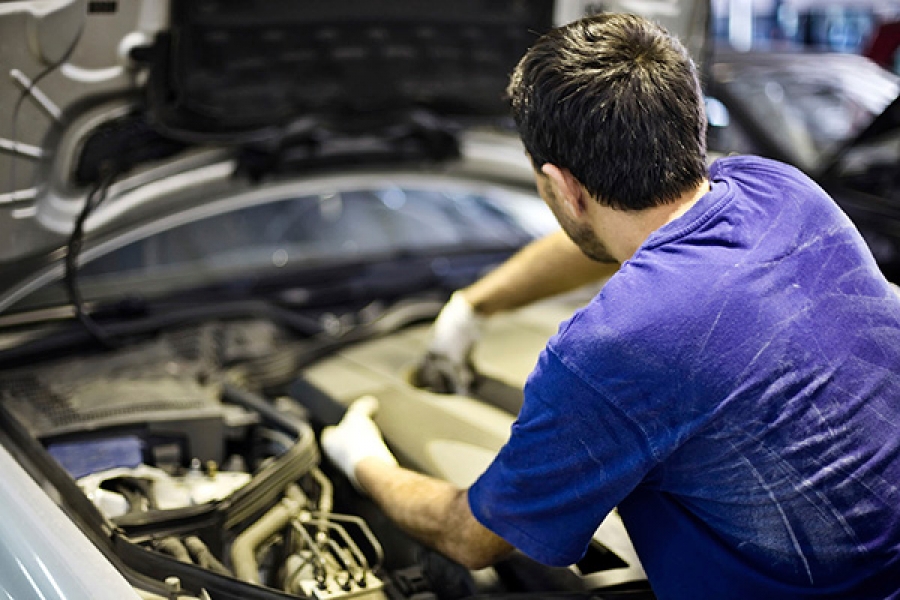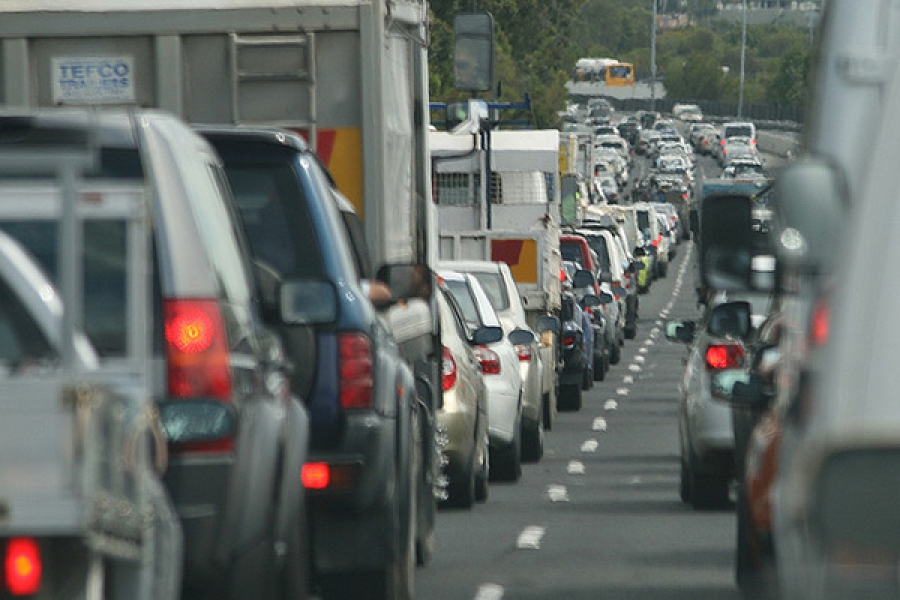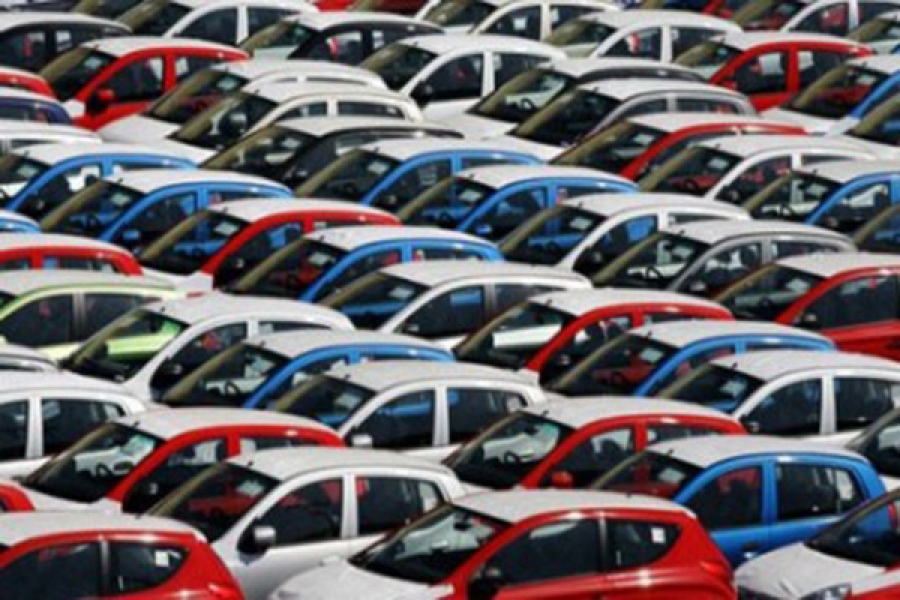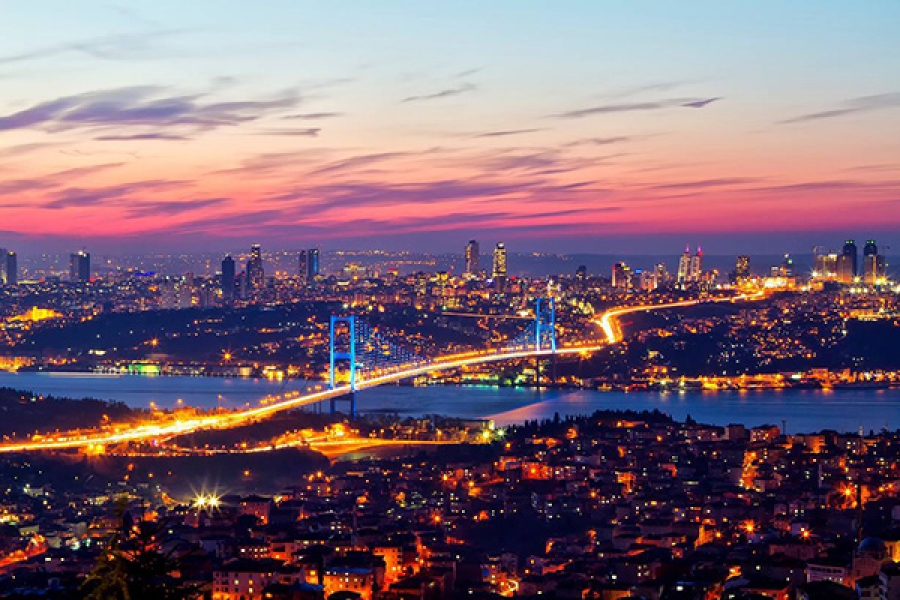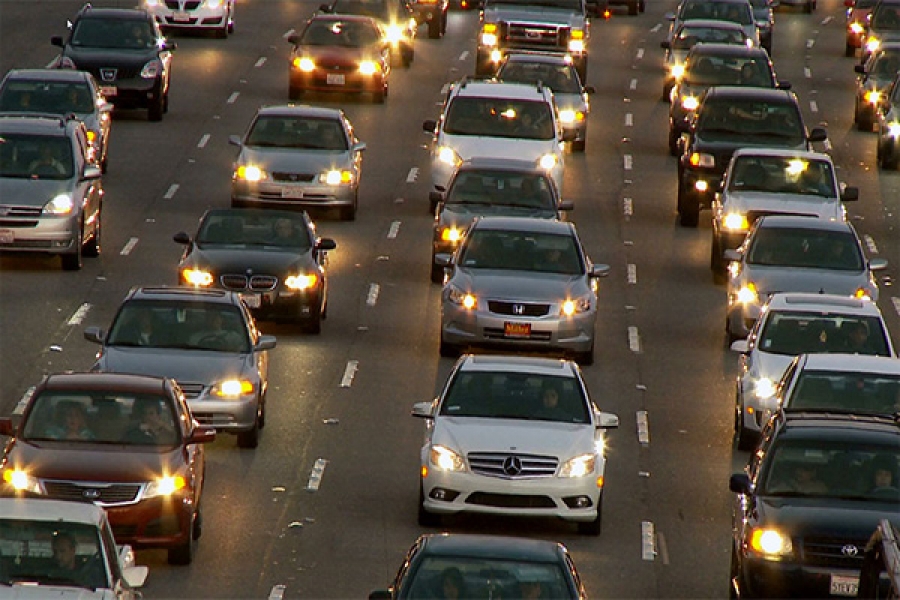Monday, 29 February 2016 11:24
What is Going On With Our Traffic Insurance Policies ?
The steadily rising traffic insurance prices have recently become a much discussed hot-button topic, providing fodder for friendly banter as to what lies beneath the sudden surge in prices. The whole issue seems to have bogged down in an interminable exchange of comments, complaints and discussions.
On the one side, we have the vehicle owners who’ll have to dig deeper into their pockets to afford the spiralling insurance prices and squaring off against them are insurance companies who are trying to stand their ground in the face of public opprobrium. As if that was not enough in itself, the issue got even more complicated as insurance companies took to trying to explain the underlying reasons behind the sudden surge in the prices.
There are currently almost 20 million registered vehicles travelling on our roads. Owners of these vehicles must get a ‘traffic insurance policy’ for their vehicles to be regarded as road worthy.
So, why is it obligatory for drivers to get this policy? What does it actually do?
Approximately 1, 2 million accidents happen annually in Turkey. Drivers who cause traffic accidents by violating the traffic laws cause damage to other vehicles, private and public property as well as causing serious injury to people both inside and outside vehicles. Under normal circumstances, faulty drivers must compensate the other side for the damage that they cause. It is for this very reason that lawmakers have made traffic insurance policies obligatory for all drivers.
The policy covers four basic types of damages in case of an accident. These are;
* Material damages
* Health expenditures
* Permanent disability costs
* Expenses incurred due to loss of support
As can be inferred from above, only one of the four basic coverages are related to material damages. The material damages coverage covers damage to other vehicles as well as the value loss incurred by the vehicle. The actual amount the insured pays for damages caused to other vehicles is limited to TL 25,000 pear each vehicle. If more than one vehicle has been damaged in the accident, the total compensation amount the insured pays for all the vehicles involved is limited to TL 50,000.
In the meantime, health expenditures are currently met by the SSI but insurance companies hand over 10% of each policy they sell to the SSI to cover the expenses.
Everything is quite clear up to this point. It is once you are past that point that things start to get confusing. Things change dramatically if the driver causing the accident has caused injury to those inside the vehicle / or other pedestrians, since the insurance policy pays TL 23 million per each accident to those who lose their mobility as a result of the accident as well as to the relatives of the deceased. If the vehicle in question has been involved in more than one accident within the same year, the above-quoted figure becomes payable per each incident.
| Automobiles-Taxis-Dolmushes (1-9 Seats) | Minibuses (10-17 Seats) | Pickups-Trucks-Tankers-Tow Trucks | Buses (18-30 Seats)* | Buses (18-30 Seats) for standing passengers | Buses (31 Seats and above)* | Buses (31 Seats and above) for standing passengers | Motorbikes | |
| Material Damage per Vehicle | 31,000 | 31,000 | 31,000 | 31,000 | 31,000 | 31,000 | 31,000 | 31,000 |
| Material Damage per each Accident | 62,000 | 62,000 | 62,000 | 62,000 | 62,000 | 62,000 | 62,000 | 62,000 |
| Death- Permanent Disability per Person | 310,000 | 310,000 | 310,000 | 310,000 | 310,000 | 310,000 | 310,000 | 310,000 |
| Death- Permanent Disability per Accident | 1,550,000 | 3,100,000 | 3,100,000 | 5,580,000 | 7,499,040 | 9,610,000 | 11,575,850 | 930,000 |
| Health Expenditures per Person | 310,000 | 310,000 | 310,000 | 310,000 | 310,000 | 310,000 | 310,000 | 310,000 |
| Health Expenditures per Accident | 1,550,000 | 3,100,000 | 3,100,000 | 5,580,000 | 7,499,040 | 9,610,000 | 11,575,850 | 930,000 |
| *including the driver | ||||||||
| Total Limit | 3,162,000 | 6,262,000 | 6,262,000 | 11,222,000 | 15,060,080 | 19,282,000 | 23,213,700 | 1,922,000 |
The question ‘What made it fall into such insignificance if the policy matters so much?’ may inevitably pop in to your head. Traffic insurance premiums collected in Turkey make up 25% of the insurance sector’s annual turnover. The policies are sold through agencies. Car repair services charge the insurance companies for repair costs. And they also sell spare parts. Lawyers closely monitor permanent disability and loss of support cases. Long story short, the policy creates a livelihood for a large segment of the society.
The only party who is not making any money out of it are the insurance companies.
Almost all insurance companies in Turkey are either foreign companies or local companies with foreign partners, except for a few exceptions. Most of these companies have invested in the country’s future and are eagerly waiting for the per capita income to increase since insurance expenditures increase in tandem with increases in per capita income. The insurance habit in Turkey is about one third of the almost saturated European market. Therefore, multi-national companies have flocked to Turkey waiting for the market to expand in a bid to circumvent the complications of a stagnant domestic market. And they are trying to remain in the black in the meantime.
While the average premium for traffic insurance was 105 Euros in Turkey, it was 230 Euros in Europe. While 9 out of every hundred vehicles in Turkey become involved in a traffic accident causing physical damage to other vehicles, only six per cent of vehicles in Europe become involved in such accidents. When looked from that perspective, the average policy price in Turkey was supposed to hover around at 300-350 Euros. However, companies have tried to cover their losses in traffic premiums with revenues generated in automobile insurance and other branches to win new customers and generate income for their sales channels. That was at least the case until the end of last year. And yet, the sectors' return on capital was -1,5& at the end of the third quarter of 2015 meaning that the age of lavish profits is over in the face of exhausted capitals. The last decade’s loss incurred by traffic policies has reached TL 7 billion.
In fact, the sector has gone bankrupt even though no one seems to be beating the drums about it. It has eaten itself out of house and home. In light of these circumstances, the companies were left with no choice but to raise the premium rates. The sudden price increase piqued people’s attention and made it a hot button topic of discussion.
This is the gist of the matter.
On the other hand, those who most vociferously raised their voices against the recently introduced increases in premium rates are quite understandably owners of commercial vehicles, cab and truck drivers with a higher risk of being involved in an accident on 7/24 roads.
Policy premiums rose to TL 550-600 at the beginning of February 2015, an increase of more than 100%. Vehicle owners are supposed to pay this amount before they are able to get out there on the roads. In other words, one has to put aside TL 1, 5 each day for the insurance policy. However, if there is an accident where the insured causes physical injury to others, the policy makes a TL 3 million compensation payment per each accident. If the person in question gets unlucky and becomes involved in a second accident causing injury to other people, there is no reason to worry since the policy covers that, too.
In short, prices are rising to ensure the continuity of insurance products whose prices had so far been kept in check. And they will keep rising until a certain balance is reached. The rising prices will hurt vehicle owners’ pockets but insurance premiums will continue serving as the silent arbiters of social disagreements besides creating a livelihood for thousands of families.
So, can this unpleasant situation be remedied?
Of course it can, though it is not so easy. The following issues have to be taken up as a matter of priority to put traffic insurance policy premiums on an even keel:
* Firstly, insurance companies must get across the significance of traffic insurance and raise awareness on the issue. The public merely sees it as a ‘cheap and obligatory insurance policy’. However, this vital product prevents possible bouts of civil unrest, facilitates the resolution of disagreements and minimizes grievances.
* Traffic insurance policies need to be put on more solid legal grounds through amendments to the Road Traffic Act in view of the different of ways of interpretation of the traffic insurance policies between companies and legal bodies. And this makes it harder for any possible damages to be calculated.
* More precautionary measures need to be taken to reduce road accidents: Older vehicles need to be pulled out of traffic to be replaced by new ones with higher security features, fines for traffic offences should be raised to make drivers act more cautiously in the traffic and the premium rates of drivers who cause accidents should be way higher in comparison to those who do not.
* Free competition should be encouraged for policy rates and the ceiling price tariff should be reviewed.
At the end of the day, traffic insurance is a safety net for the society as a whole. Any uneasiness felt with regards to the sustainability of traffic insurance policies has an impact not just on policy buyers but the whole society. Increased awareness will contribute significantly to the solution of the problem. We should leave aside our personal disagreements and work on ways of finding common ground if we want to turn that corner without an accident.

